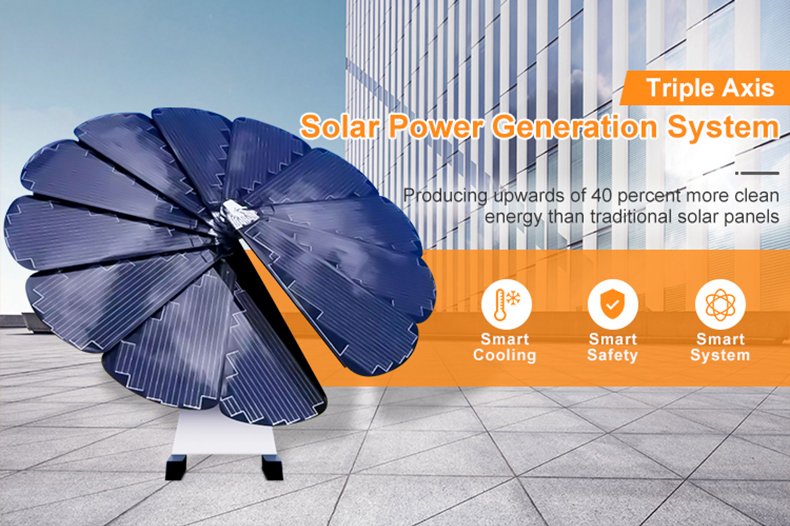When people think of solar energy, they usually envision stationary solar panels or ones with single-axis trackers. These are the familiar blue panels mounted on rooftops or the extensive rows of ground-mounted panels seen in solar farms. While going solar saves money, many don’t realize that dual-axis trackers are an option. They are as efficient, if not more so, than stationary panels and single-axis trackers.
Single-Axis vs. Dual-Axis: What’s the Difference?
As the name suggests, single-axis trackers move along one axis, typically from East to West. In contrast, dual-axis trackers can move along two axes, allowing solar panels to follow the sun from East to West and from North to South.

Are Dual-Axis Trackers Better?
While single-axis trackers can follow the sun's general movement from East to West and perform better than stationary panels, dual-axis trackers are even more precise and efficient. For example, the dual-axis tracker on the Smartflower ensures that its solar panels maintain an optimal 90° angle to the sun at all times. The result? A Smartflower can produce up to 40% more power than conventional solar systems! Additionally, if you live in an area where the sun's position changes with the seasons, a dual-axis tracking system will be more precise and help maximize your energy production.
Want to learn more about how Smartflower differs from traditional solar? Did you know that going solar can save you money? Please contact us for more information.